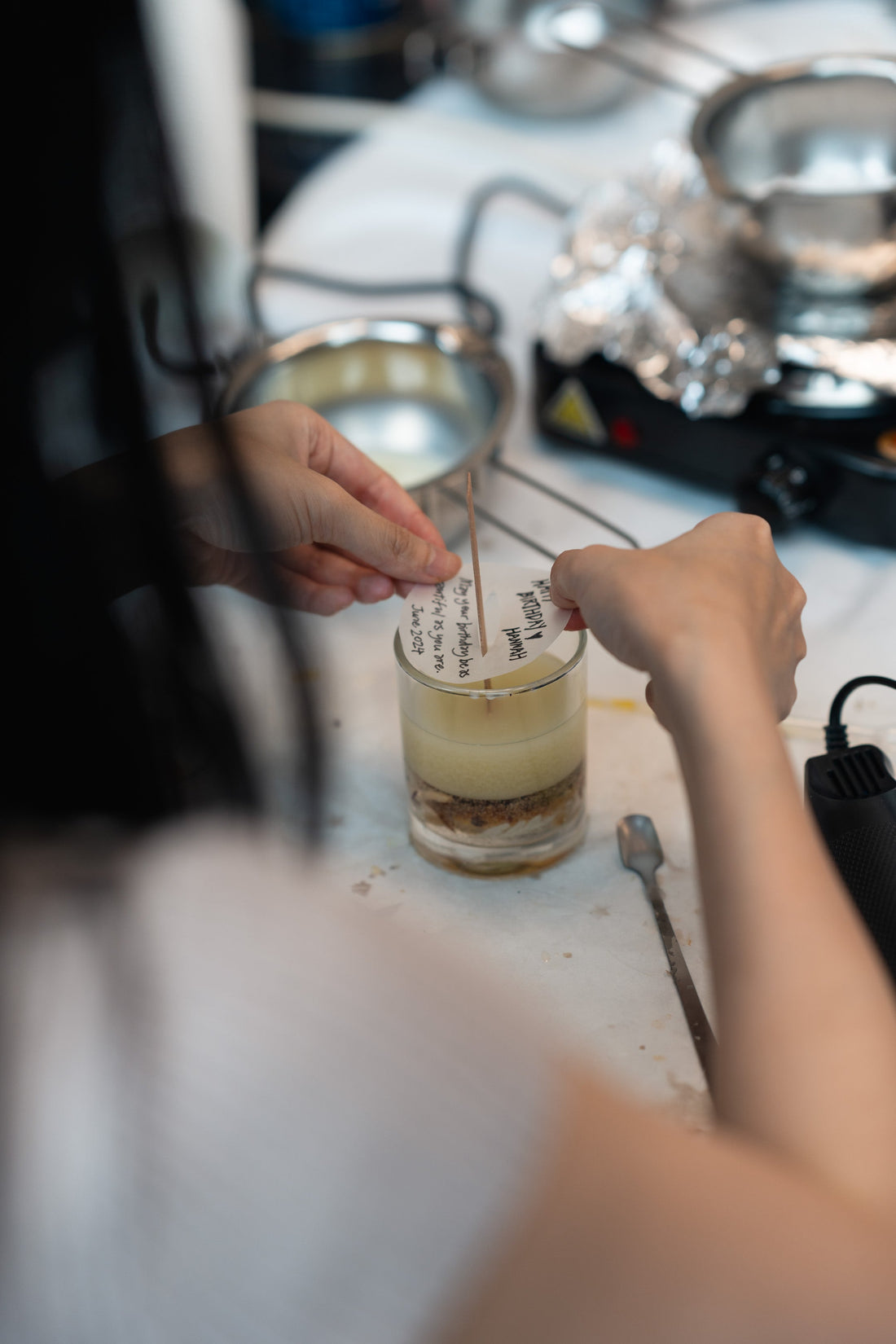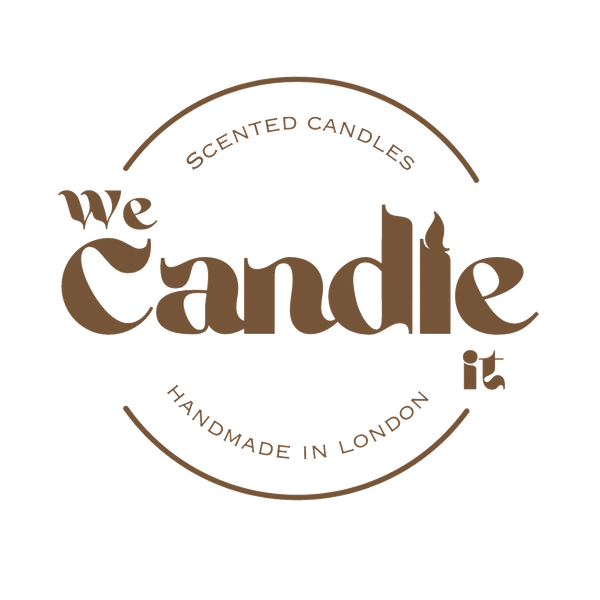
The Ultimate Guide to Candle Wax: What We Use at We Candle It
Choosing the right wax is the foundation of any good candle. Each type of wax has its own characteristics—some are perfect for moulds, others shine in containers. At We Candle It, we use a variety of waxes in our private candle-making workshops to show just how creative and therapeutic this craft can be. Here's an easy guide to the waxes we use, with pros, cons, and tips on how we work with each type in the studio.
---
1. Soy Wax
A natural wax made from soybeans.
Commonly used for: Container candles, basic moulds
How we use it: We use soy wax as our go-to for container candles and simple silicone moulds. It’s beginner-friendly, clean, and great for soft pastel designs.
Pros:
- Clean-burning and biodegradable
- Great scent throw (hot and cold)
- Slower burn time
- Renewable and eco-conscious
- Smooth, creamy finish
Cons:
- Can frost (a white coating on the surface)
- Softer texture—not ideal for detailed pillar candles
- May require additives or blending to improve finish
2. Beeswax
What it is: A natural wax produced by honeybees.
Commonly used for: Pillars, wax blends.
How we use it: We usually add beeswax as an additive to other waxes to enhance hardness and scent, especially in natural-themed designs.
Pros:
- Naturally aromatic (light honey scent)
- Long burning and drip-resistant
- Air-purifying properties
- Harder finish and good for standalone moulds
Cons:
- More expensive than other waxes
- Natural colour limits colour customisation
- Can be tricky to wick correctly
3. Paraffin Wax
What it is: A petroleum-derived wax.
Commonly used for: Moulds, pillars, candles requiring strong colour or scent.
How we use it: We use high-grade paraffin in our candle workshops and intricate moulds—it holds shape and colour brilliantly.
Pros:
- Excellent scent throw
- Holds colour well
- Affordable and widely available
- Ideal for novelty candles
Cons:
- Not biodegradable
- Produces more soot
- Not as eco-friendly as plant-based waxes
4. Coconut Wax
What it is: A soft, luxurious wax made from coconut oil.
Commonly used for: Blending with other waxes or high-end container candles.
How we use it: We often blend coconut wax with soy for a softer, creamier finish in container candles.
Pros:
- Excellent scent throw
- Smooth, creamy texture
- Slow and clean burn
- Sustainable when sourced responsibly
Cons:
- Expensive on its own
- Too soft for pillars or free-standing moulds
- Often needs to be blended for structure
5. Gel Wax
What it is: A transparent wax made from mineral oil and polymer resin.
Commonly used for: Embeds, decorative candles, novelty shapes.
How we use it: We use gel wax for creative pieces where we embed flowers, shells, or themed decorations—popular in our fun seasonal designs.
Pros:
- Transparent, great for decorative effects
- Burns longer than most waxes
- Holds embeds in suspension
- Unique visual appeal
Cons:
- Only works in containers
- Needs careful temperature control
- Scent throw not as strong as soy/paraffin
6. Palm Wax
What it is: A natural plant-based wax from palm oil.
Commonly used for: Pillar candles, rustic textured designs.
How we use it: We use palm wax selectively for texture-rich finishes or crystalline visual effects in more advanced workshops.
Pros:
- Creates natural feathered or crystalline patterns
- Hard texture, good for pillars
- Long burn time
- Sustainable when responsibly sourced
Cons:
- Sustainability concerns depending on sourcing
- Difficult to dye evenly
- Can be brittle if not blended properly
Understanding wax types can totally change how you approach candle making. Whether you're drawn to soy’s simplicity or intrigued by the sculptural possibilities of paraffin or palm, each wax tells a different story. At We Candle It, we guide you through those options so your candle isn’t just handmade—it’s made with intention.
Candle making isn’t boring at all. Trust yourself, we can do it.
— We Candle It
